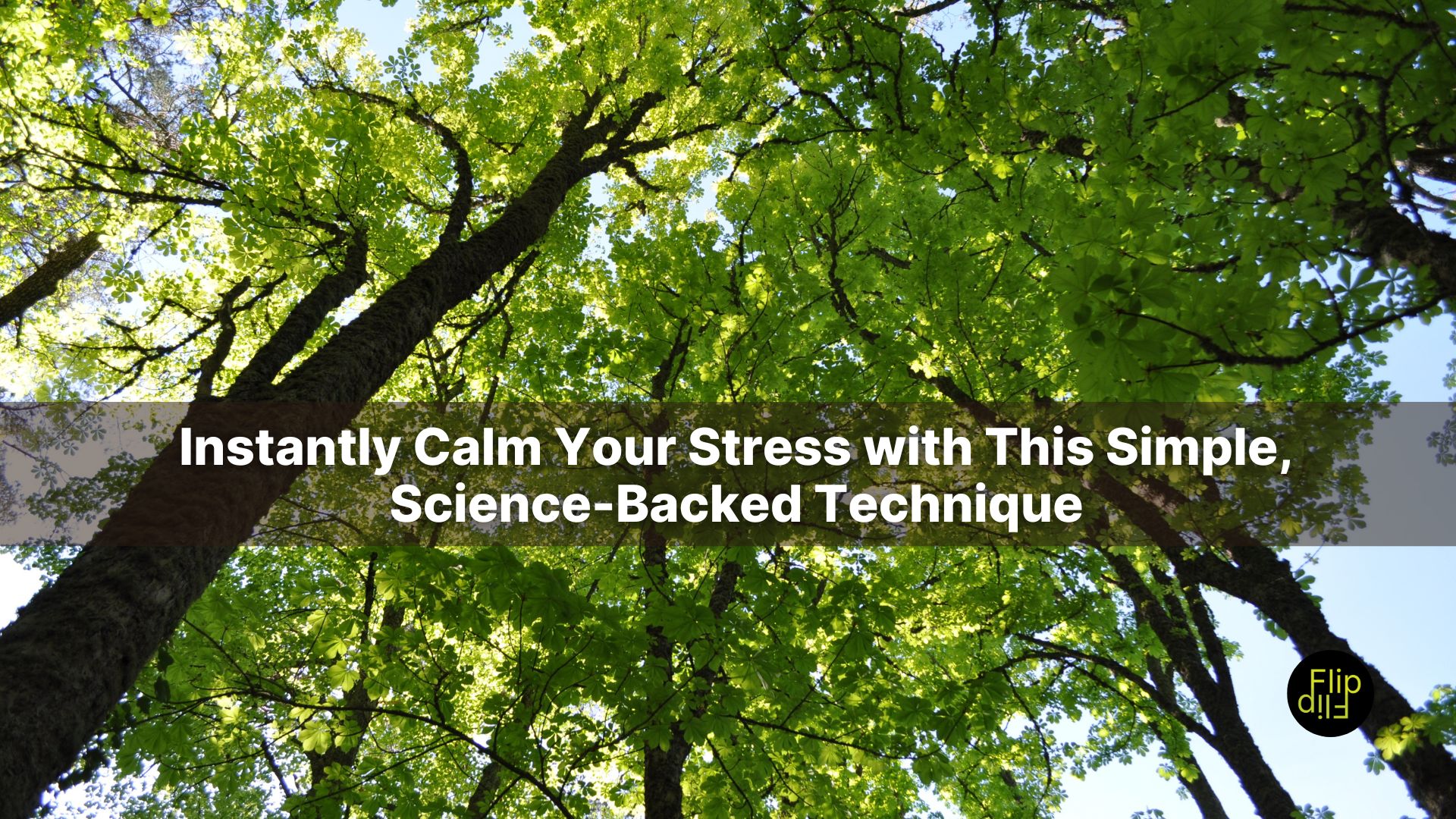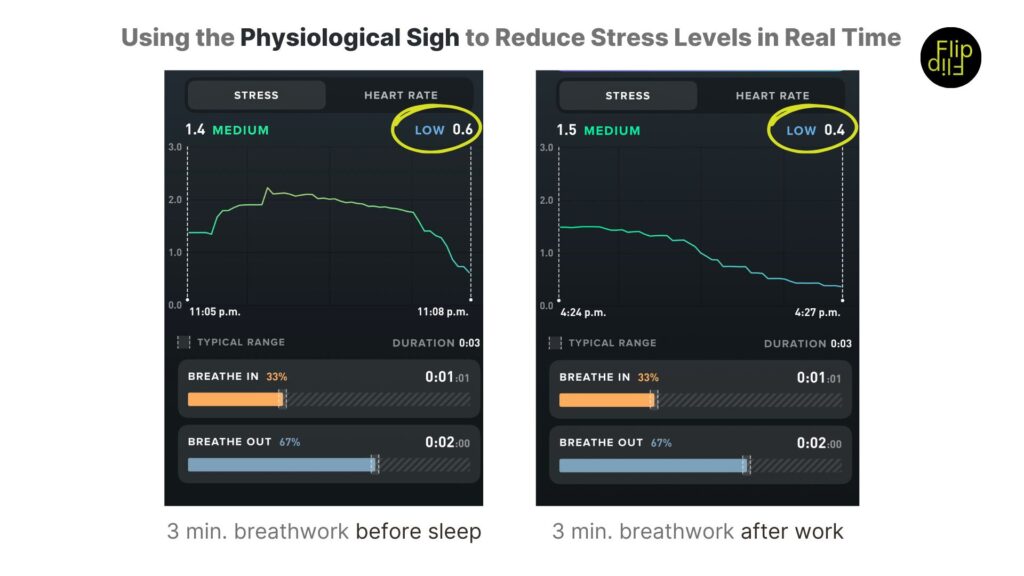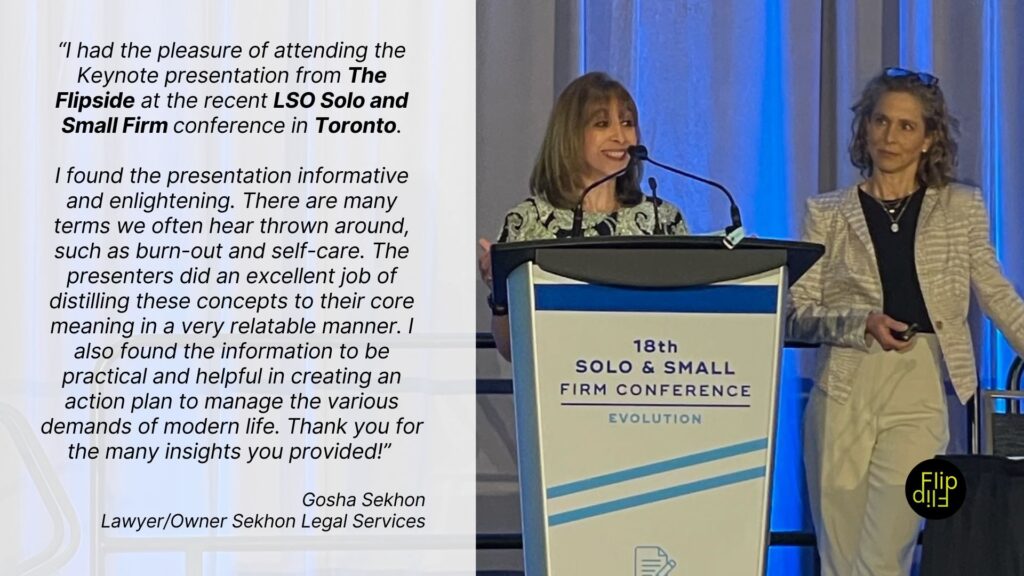Stress
This Simple Technique Can Instantly Calm Your Stress—Backed by Proof

Starting the year with the right intentions
At the beginning of the new year, you may have created your list of goals, resolutions or projects. The clean slate of the new year offers all of us the opportunity to start fresh. We create new habits or improve on existing ones. We work to reach personal and/or professional goals, and as I am sure is the case for all of us, in our own terms and within our own realities, we want to improve our health so that we can accomplish our goals and objectives for the year, whichever they might be.
On that note, January is the month in which we see many intentions around sleep, nutrition and exercise. Gyms are generally crowded; meal plans are on the rise, and we aim to reset our schedules that probably drifted during the Holidays. All these efforts are wonderful and if you begin them with consistent and small steps, you are certainly set for success.
I wonder, however, how many of us start the year with a resolution related to managing stress? This is perhaps a less “trendy” resolution. This is not something that you achieve at the gym (although exercising certainly helps), or through a meal plan. Managing stress requires effort on many fronts and it is a project that can take the full year but let me assure you that it is worth it!
If stress is a factor in your life (as it is in mine and in everyone in the world), you may not be able to eliminate the trigger easily, but you can learn tools that can help you manage your stress response which in turn will allow your body to perform well and help you reduce the negative physical and mental effects of a stress response that is totally out of control.
If you want to start somewhere, then I am going to share with you one of my favorite tools. But in addition, I am going to show you evidence that it works!
A powerful tool for stress relief
Breathing. Something that we do, every day, at least 20,000 times in 24 hours. It is so unconscious that we rarely pay attention to how we do it because as far as we are concerned, we must breathe to live regardless of how we do it, right?
Despite being such a natural activity of our body, breathing is one of the cheapest and easiest tools that we have to manage our stress response.
Breathing is a gateway to our nervous system. In fact, we can use breathing to activate our nervous system in situations where, for instance, we want to increase our alertness, or we can use breathing when we want to increase our relaxation, which is of course, what we want to achieve when we are learning how to manage stress.
There are hundreds of breathing techniques out there and there is not one better than the other. In fact, the best one is the one that works best for you and the one that you can easily remember while you are facing a stressful situation.
The one that I am going to share with you today is called the physiological sigh. It consists of two inhales through your nose followed by one long exhale through your mouth until you have emptied your lungs. When it comes to the two inhales, when you do the first one you will do it until you feel that you can’t inhale any more. But here is the catch, your lungs still have a little more capacity, and you will reach that capacity with your second inhale, which, as you can imagine, is going to be very short. This second inhale is going to pump additional air into your alveoli, which are like small balloons located at the end of the various branches inside your lungs. Once you have done your second inhale, you will start exhaling slowly through your mouth until you have completely emptied your lungs, and you will repeat this several times or if you want to time it, do it for 2 to 3 minutes to begin with.
Try it now: take a deep inhale through your nose and once you feel you can’t go any further, take another short and sharp inhale again through your nose. Now start that slow exhale through your mouth. Can you feel how your body starts to relax?
Real results
But I told you that I was going to show you evidence that it works. In the images below, you can see how at the beginning of a 3-minute practice of the physiological sigh, my stress level was at 1.4 in the image on the left and 1.5 in the image on the right, and how at the end of the exercise, my stress level was down to 0.6 and 0.4 respectively*. I don’t know about you, but I love to see how these tools work in real time!

This is one of the many tools that we share during our Stress in Real Time workshop, as well as in our Burnout Reset workshop, and like all the other tools that we teach in each of our workshops, they work, and they are backed by science!
Like any other tool, practice and consistency is going to be what makes it a success. Once you know how to use it and you practice it throughout your day (bonus points if you do it before bed!), it will become second nature, and you will be able to access it when you need it most. It is so good and easy that it is the perfect tool to use in between meetings, or after having a feisty conversation with someone.
I invite you to make 2025 the year in which you learn how to manage your stress. I promise you (and trust me that, as a lawyer, I don’t make promises easily), that if you learn to manage your stress response, you will see and feel the benefits in many, if not all, aspects of your physical and mental wellbeing. Start slow and I hope that this tool inspires you to start your own journey towards a more relaxed and paused 2025!
Stay well,
MV
PS: If you want help in remembering to practice stress management tools daily, then use our FlipSide Planner, which has daily reminders and will help you stay on track. You can get yours here.





